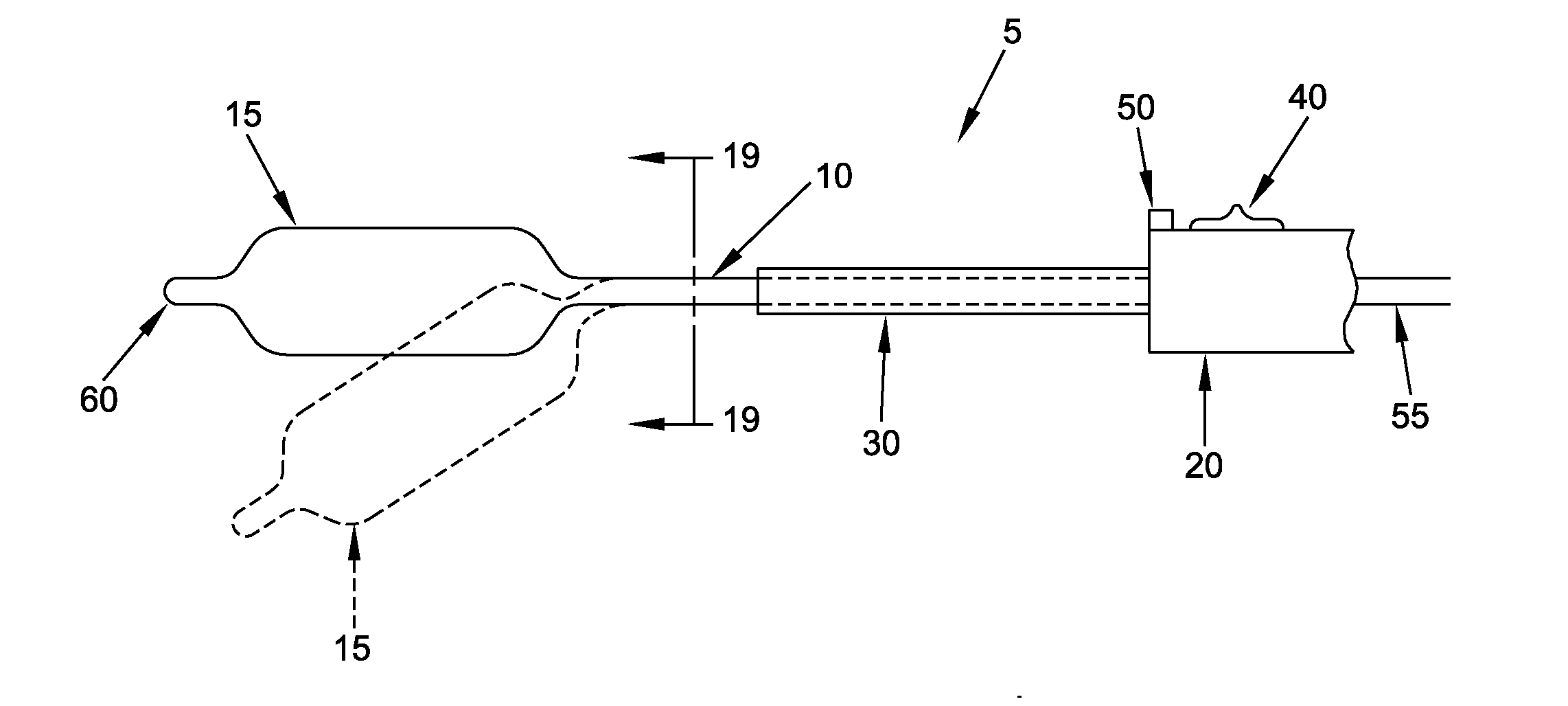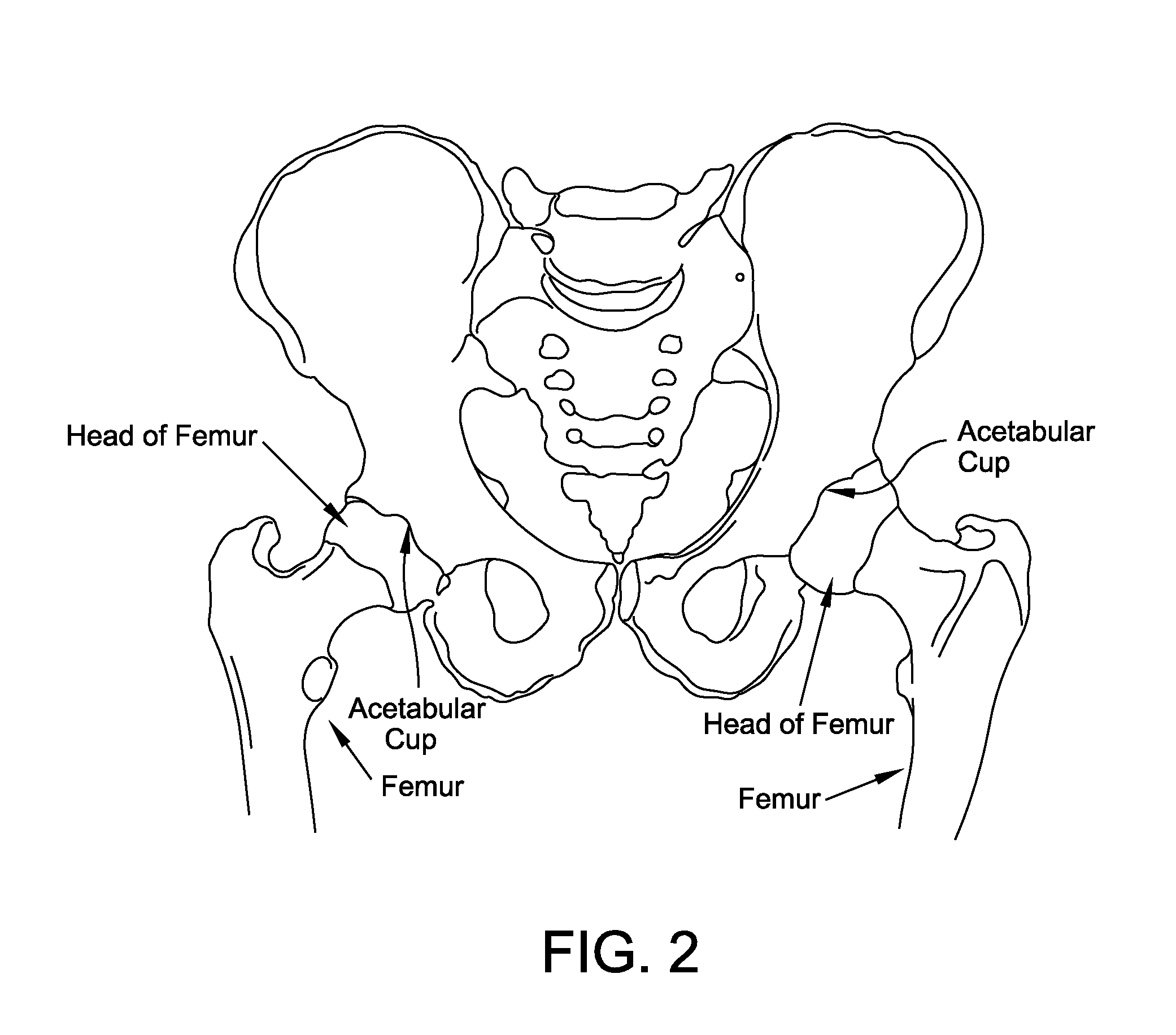Method and apparatus for distracting a joint
a technology for distracting joints and joints, applied in the field of surgical methods and equipment, can solve the problems of significant interference with patient comfort and lifestyle, pathology so severe as to require partial or total hip replacement, and the scope of procedures is generally limited, so as to maintain the distraction of a joint, minimize the damage to intervening tissue, and distract a joint
- Summary
- Abstract
- Description
- Claims
- Application Information
AI Technical Summary
Benefits of technology
Problems solved by technology
Method used
Image
Examples
Embodiment Construction
Novel Joint-Spacing Balloon Catheter
[0100]In one form of the present invention, there is provided a novel joint-spacing balloon catheter for use in distracting a joint, and more particularly for maintaining the distraction of a previously-distracted joint, as will hereinafter be discussed in detail.
[0101]More particularly, in this form of the invention, and looking next at FIGS. 17-19, there is shown a novel joint-spacing balloon catheter 5 formed in accordance with the present invention. Novel joint-spacing balloon catheter 5 generally comprises an elongated shaft 10 having a balloon 15 disposed at its distal end and a handle 20 disposed at its proximal end. If desired, and as will hereinafter be discussed, multiple balloons 15 may be disposed on the distal end of elongated shaft 10.
[0102]Elongated shaft 10 is preferably flexible, and preferably includes an internal stiffener 25 extending along at least a portion of its length so as to facilitate proper positioning of balloon 15 du...
PUM
 Login to View More
Login to View More Abstract
Description
Claims
Application Information
 Login to View More
Login to View More - R&D
- Intellectual Property
- Life Sciences
- Materials
- Tech Scout
- Unparalleled Data Quality
- Higher Quality Content
- 60% Fewer Hallucinations
Browse by: Latest US Patents, China's latest patents, Technical Efficacy Thesaurus, Application Domain, Technology Topic, Popular Technical Reports.
© 2025 PatSnap. All rights reserved.Legal|Privacy policy|Modern Slavery Act Transparency Statement|Sitemap|About US| Contact US: help@patsnap.com



